We can put in a lot of dog training work around controlled distractions but then when an unexpected trigger sets off your dog, like at your front door, your dog’s behavior can still deteriorate quickly. Guests who insist they are “dog people” who “know” how to be around dogs and “love dogs and just want to say hi” can be the toughest people to manage. hey walk through the door and get your dog all jazzed up by:
- Focusing immediately on your dog, staring at him, and making a big fuss
- Speaking in a raised, high voice or using baby talk to address the dog
- Touching, petting the dog, or patting their own chest for him to jump up
- Bending over or squatting on one knee to get to the dog’s level or lower

Any one of these actions is very effective at getting a dog over-excited. Of course guests do this without any bad intentions. But their actions can put you in a tough position to deal with your dog. Now you need to stop him from barking or jumping, or basically being an uncontrollable wiggly mess. All while trying to welcome people into your home!
Have a Dog Strategy
To ensure the welcome at your doorway goes well you can prepare your guests by telling them about your commitment to dog training before they even show up. How you interact with family and guests regarding your training process is important and helps to keep you in control. Encourage visitors to support a calm state of mind for your pet, especially during a major distraction like when they arrive.
If you believe all your hard work in obedience training is worth your effort and that your results really matter, here’s what you need to do:
- Call your visitors a few days before they arrive and explain you are training your dog and ask them directly for their help. You are looking for them to support your dog training process by simply waiting until you say your dog is ready to meet them
- Let them know what you will be doing with your dog when they arrive AND that it is important that they ignore your dog when they walk in.
- Listen for feedback that confirms they will support your ongoing training work during their arrival and visit. Tell them you sincerely appreciate their understanding and willingness to help keep your dog settled.
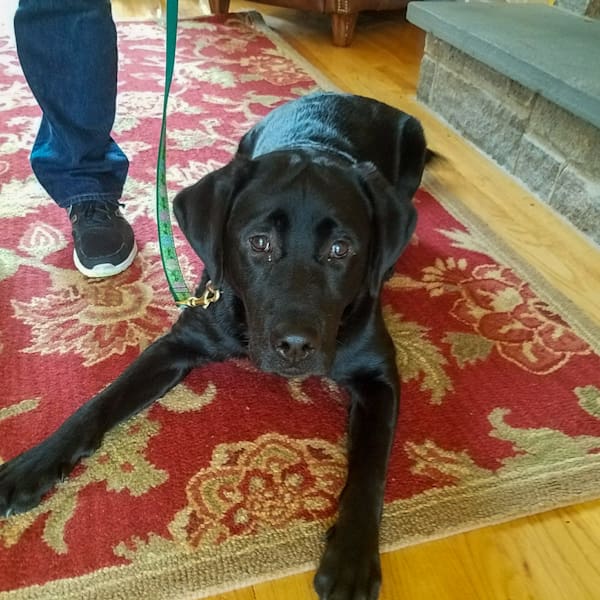
Build up your personal assertiveness by being up-front about training your dog. You are establishing a new relationship with your pet. It’s important to have family and guests understand how much you value dog obedience. The truth of the matter is that you need them to be a partner in the latest episode of training your dog right there at your door!
Some tips to make the scene at the doorway go well include:
- When guests arrive, have your dog settled and on a leash with a collar. If that’s not possible, use a dog crate to keep him settled.
- If you have your dog trained for Place, have him there on Place, away from the door. If not, have your dog settled and sitting beside you with his leash in your hand. Stand on the loose leash as necessary to prevent any jumping.
- After greeting your guests, mention again that you are training your dog and appreciate their help by ignoring and paying no attention to him. Let them know there will be a time to say hello when you are ready to bring your dog to them for a greeting (if your dog is ready for this).
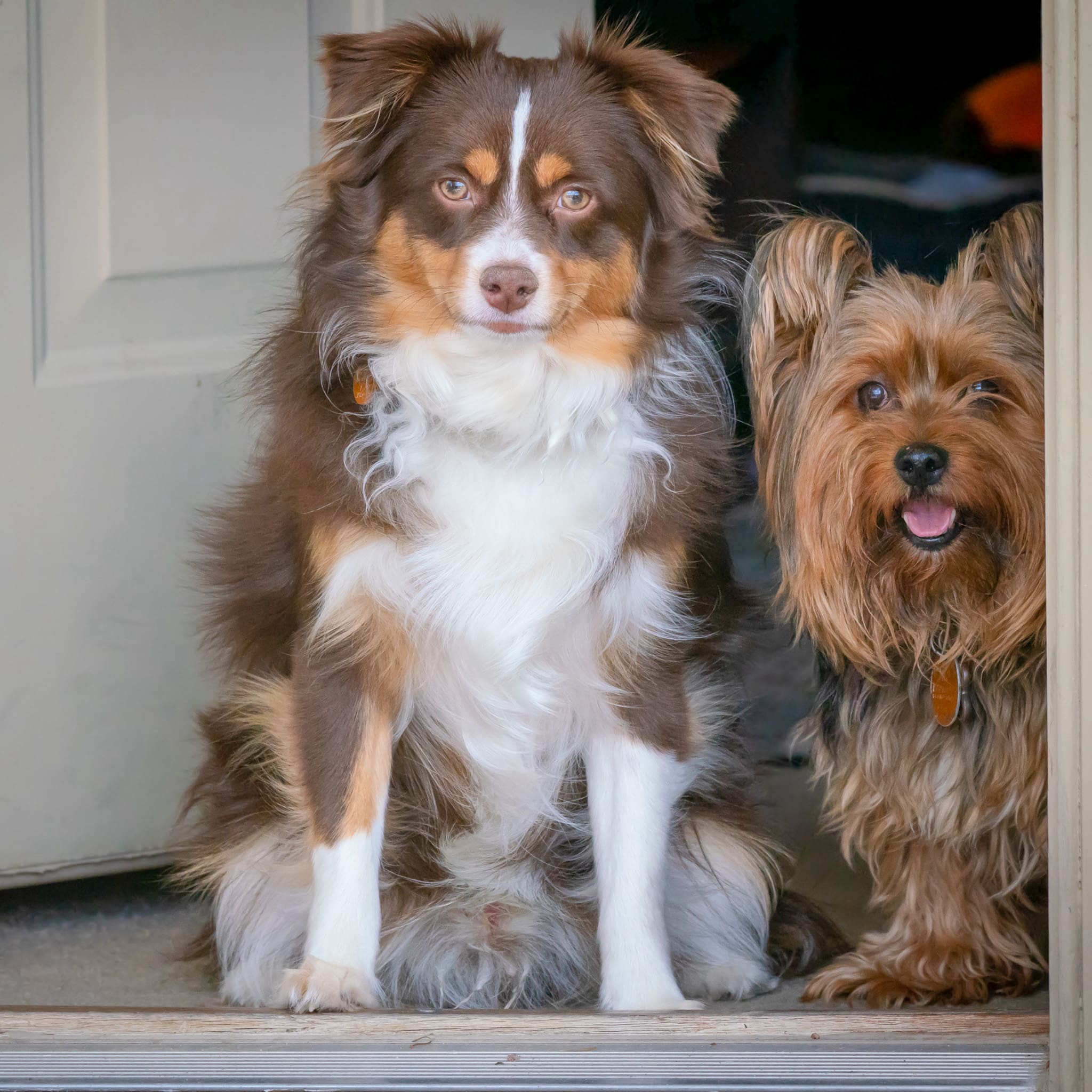
Be Your Dog’s Leader
Remember, the pressure to handle your dog happens immediately when guests arrive (or when they pull into the driveway!) You are in control of the point you allow guests to give attention to your dog: not their desire to “love him up” OR your dog’s wiggly demands. This is the essence of advocating for your dog and having your best interest in mind in all situations.
Becoming confident in managing how visitors come and go at your doorway can be a tough lesson, especially with family members. Your dog is expecting you to take charge as the leader he needs. Informing your guests that you call the shots with your dog takes tact and courage. With practice, speaking up about your dog training journey gets easier and will reinforce the good behavior you are developing in your dog.
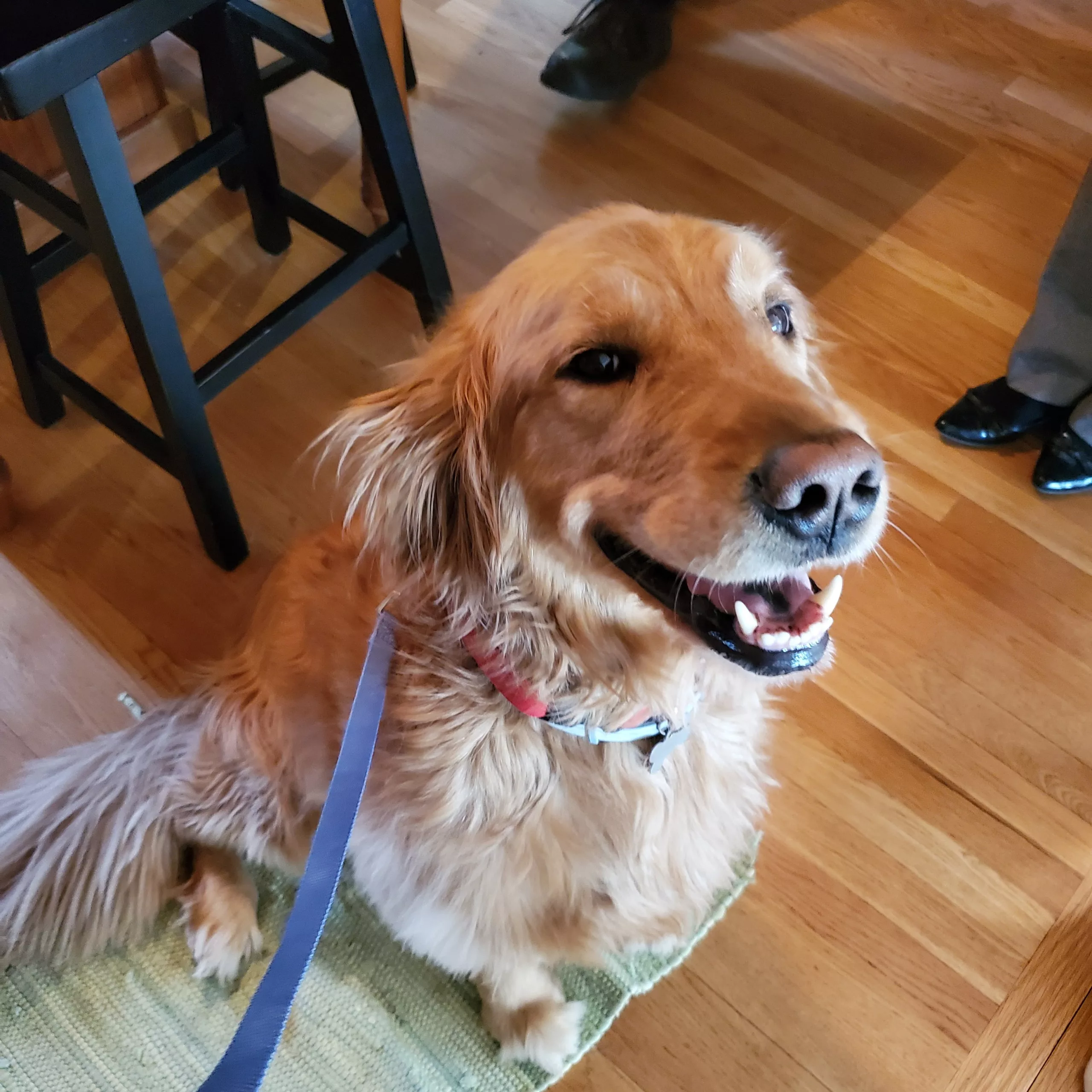
Our In-Person Programs - North of Boston, MA
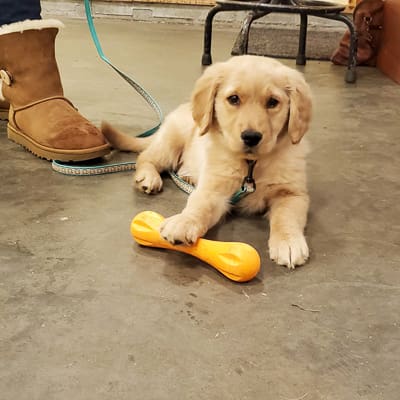
Team Puppy Training
Encourages your leadership and show how you to nurture good behavior.
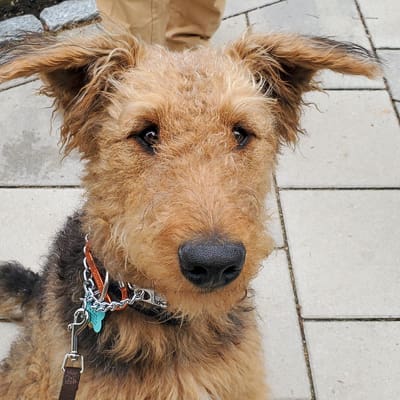
Foundation Training
Covers the basics of good dog behavior as well as some behavior modification.
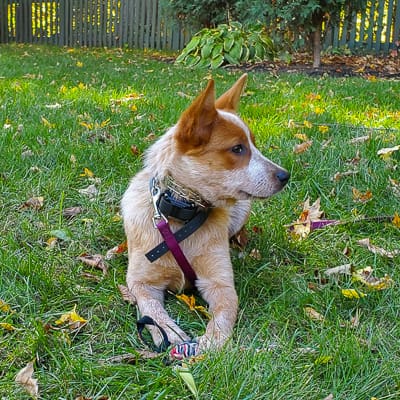
Remote Collar Training
Foundation Training with e-collar for total off-leash freedom and behavior modification.
What our clients have to say...
Dog Coach listened carefully and observed keenly my interaction and tone of voice with Bella. At nearly 6 months now, she is the best-trained dog I've had. It was a worthwhile experience!
We want to thank Dog Coach for your patience and encouragement! Our dogs are really coming into their own as the perfect family dogs we were looking for!
Such a great investment! We got a puppy and had a toddler... It was overwhelming at first. Working with Dog Coach has been the gift that keeps on giving.
